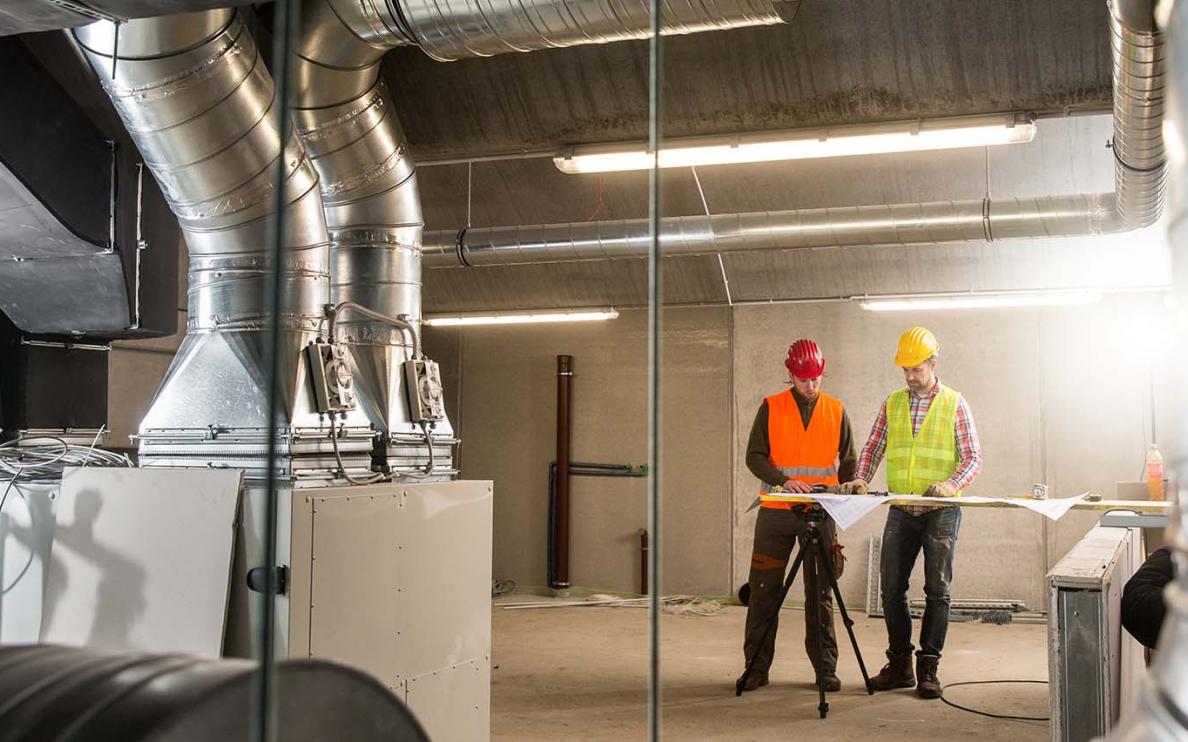Main
Filtration
Knowing what you might be breathing
Airborne particles enter buildings by means of ventilation systems, open or poorly sealed doors and windows, and poorly sealed building envelopes. When pollutants present in the living spaces mix with those from outside, the toxicity of indoor air can reach levels up to 50 times that of outdoor air.

‘What you don’t know or see can’t hurt you,’ is a saying. But nothing could be further from the truth. With more than 170 million known, registered chemicals in the world, no rational person should dismiss the importance of invisible or visible airborne substances. Actually, the effects of airborne molecules are strongly negative. They include odors and irritants harmful to human health, deadly toxins, and finally airborne molecular chemicals that damage or corrode materials.
“The toxicity of indoor air can reach levels up to 50 times that of outdoor air.”
Indoor air pollutants that have significantly negative effects on indoor air quality include particulate matter: dust, smoke, pollen, animal dander, particles generated by combustion appliances and particles associated with tiny organisms, such as dust mites, mold and bacteria.
Gaseous pollutants emit from combustion processes, including solid and gas heating and cooking appliances, motor vehicle exhaust and tobacco smoke. Other typical sources are building materials, furnishings, adhesives, paints and stains, cleaning products and pesticides. Not to be forgotten here are naturally occurring gases like radon, too.
Then there is environmental pollution, largely emissions produced by automobiles and industrial manufacturing, which may access our living and working spaces.

Viruses and bacteria from cough or sneeze can float around in the air for several hours.
Human beings, yes that’s right, you and I, are often our own worst enemies. We transport and transmit contagious viruses and bacteria in and around the indoor spaces we frequent.
Especially in inadequately ventilated buildings, with poorly designed ventilation or filtration, viruses can remain suspended in the air for hours, spreading from individual to individual, completely infecting all occupants within a very short period. Most of these contaminants go undetected by the eye, leading many to conclude ‘what I can’t see won’t hurt me.’ That could be a deadly mistake.

Let us be wise and apply the wisdom science has given us to guard our health. To begin ask yourself, what kind of potential threats exist outdoors.
Is there a great deal of automobile traffic or heavy industry in my vicinity?
Then look at your building. What takes place inside the building? How are the spaces used?
What are the potential risks? Are there cold interior walls, excessive condensation, poor circulation or ventilation?
Learning the answers to these questions will help you know what to do next. And it will give you the opportunity to take control. Measuring and monitoring are helpful tools to maintaining healthy indoor air.
These articles might interest you as well:

filtration
Finding the most suitable solution
Before you start looking for a solution to improve your air quality, understanding the focus concerns is key. Once you understand this you can then start understanding the challenges.

filtration
How you can save energy
The HVAC systems can account for up to 50% of the total energy expense in commercial buildings. Of that 50%, the filters affect 30% of the usage.